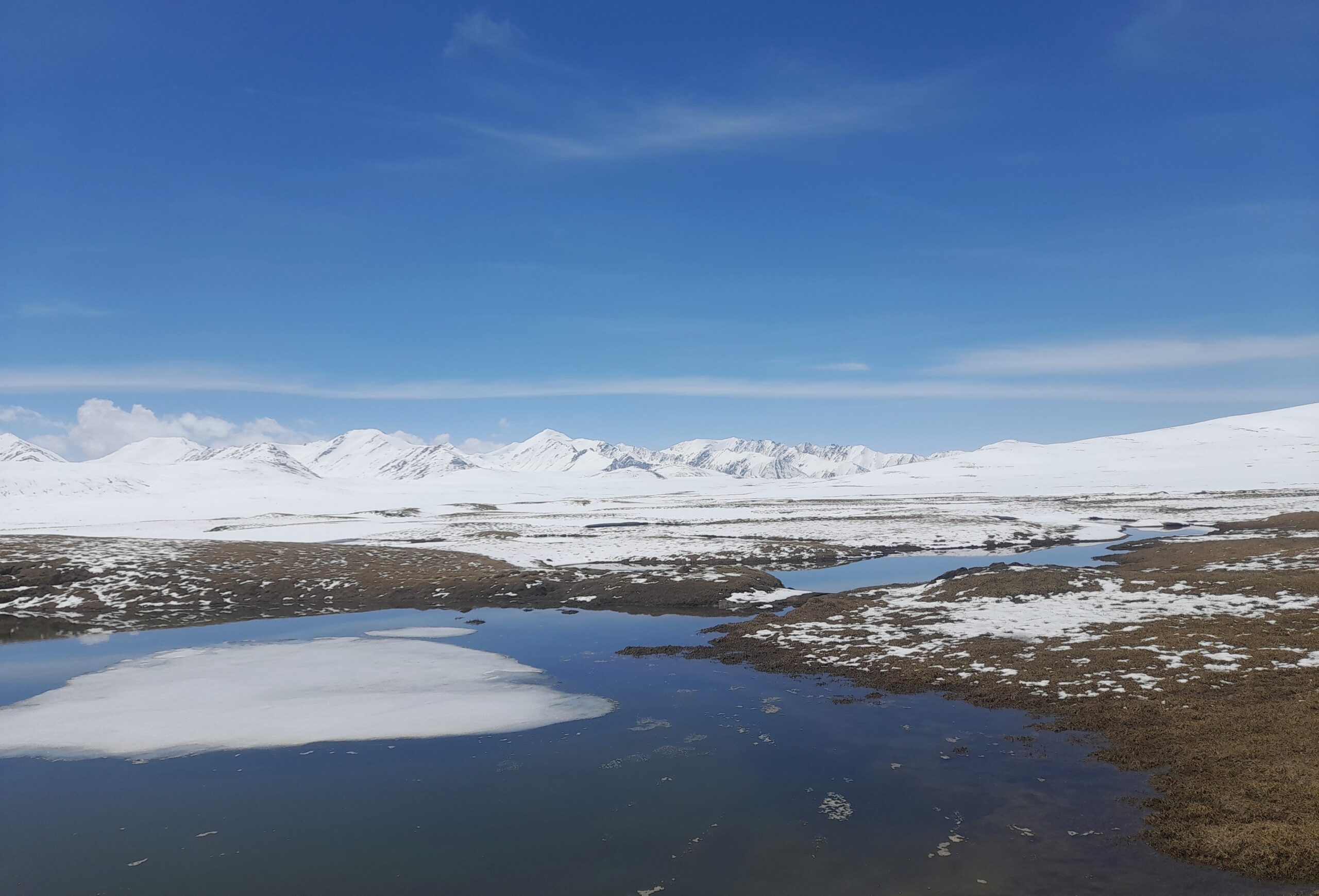
Heart of the Tian-Shan
A stunning country seldom explored by birdwatchers. Discover real nature in Kyrgyzstan
Kyrgyzstan – Mountain birds, mountain people
Be ready to be astonished by the landscapes of this Central Asian country. This is a place where the valley bottoms can start as high as 3000m above sea level, with the Tian Shan’s highest peaks towering above 7000m. Kyrgyzstan is famous for its hospitality, especially in the jailoo – the summer high pastures. If continues to offer birding opportunities in summer even when the migration period has finished elsewhere, as many of our target species only get to their breeding grounds in mid-June. This does not mean, however, that Kyrgyzstan has only mountains: you will also discover a varied world of glaciers, yes, but also canyons, drylands, huge lakes, oases and secret forests. Expect a fair bit of off-road driving, including up steep mountain passes: this is an adventure and we mean it!
When: June and July are the key months, but unlike many other birding destinations, there is plenty to see even in August.
Duration: We normally run this trip over 15 days, 14 nights.
Arrival and departure: The tour described below arrives in Osh, Kyrgyzstan’s second city, and departs from Bishkek, the capital.
What is included: This trip is inclusive of everything on the ground: Your English-speaking birding guide, transportation (which varies according to group size), accommodation and food.
And what is not: Your international flights to and from Kyrgyzstan, your personal expenses (souvenirs, phone calls, etc.), alcoholic beverages and the single room supplement, if applicable. You are also required to ensure that you have full travel and medical insurance for this trip; our tours are often remote and off-road with medical facilities few and far between. We will always do our best to help with any accident or incident but we are not responsibility for theft of personal belongings or personal injury.
Itinerary
Day 1-2-3
Southern canyons and secret forests. Our trip begins in Osh in the lush Ferghana valley, an important area for agriculture, from where we will explore the rarely-visited canyons, rivers and forests of southern Kyrgyzstan. The area is as beautiful as it is full of birdlife. Expect white-throated robin, eastern Orphean warbler, variable wheatear, white-capped redstart, Blyth’s rosefinch, white-capped bunting, Indian oriole, Hume’s whitethroat, blue rock-thrush and many vultures (Eurasian griffon, Egyptian and black). Long-tailed shrike is possible to see here. We should get our first rufous-naped tit too and we will have chances of desert finch.
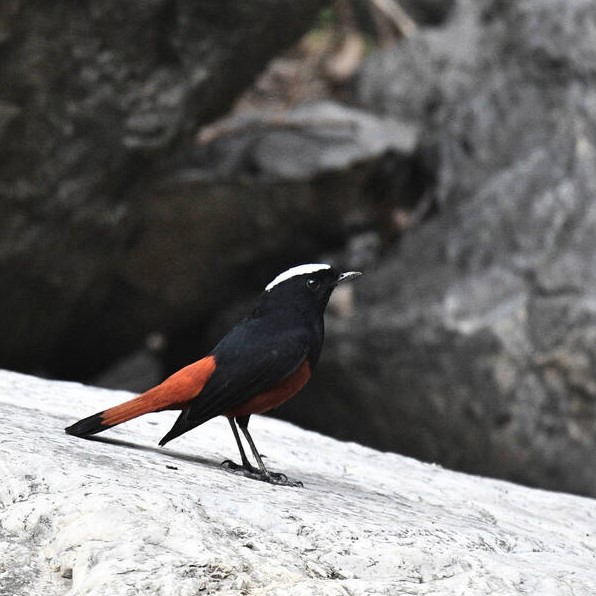
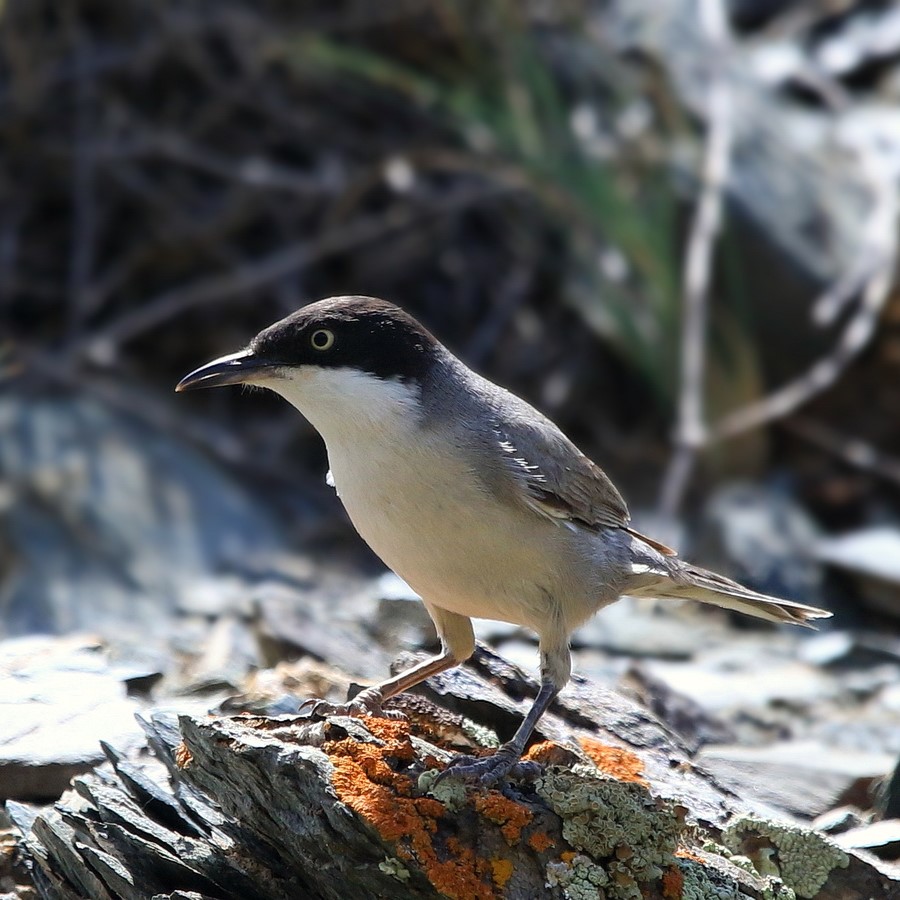

Day 4-5
Arslanbob walnut forest. We then move to the world’s largest walnut forest around Arslanbob. This is a stunning area of relict forest, snow-capped peaks and traditional villages; indeed, we can expect the best food of the trip here. In terms of birds, the forest should allow us to see white-winged woodpecker, Turkestan, azure (yellow-breasted flavipectus subspecies) and rufous-naped tits, bar-tailed treecreeper, little forktail and, with luck, the tianshanicus subspecies of the stock dove and the harmsi subspecies of the tawny owl. As we gain altitude, we will transit to juniper forests with blue-capped redstart, sulphur-bellied warbler and white-winged grosbeak.
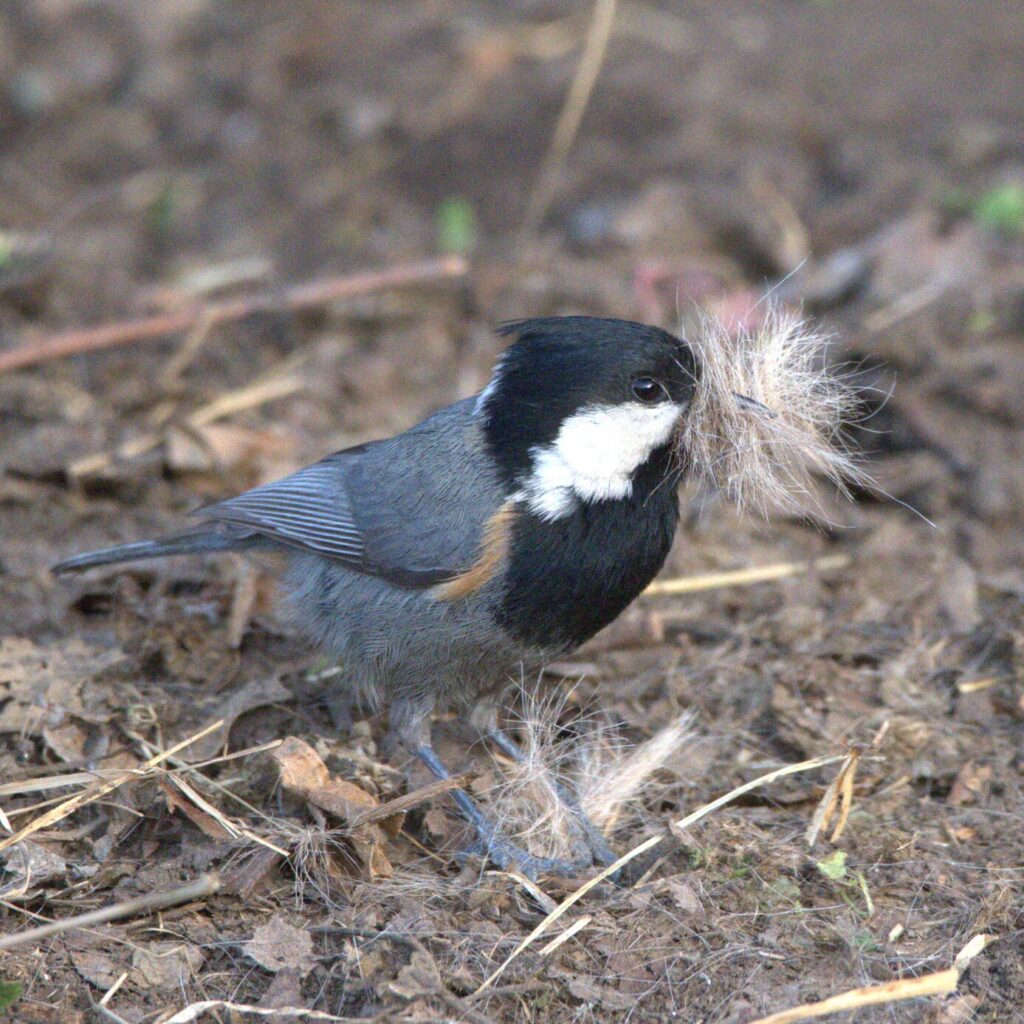
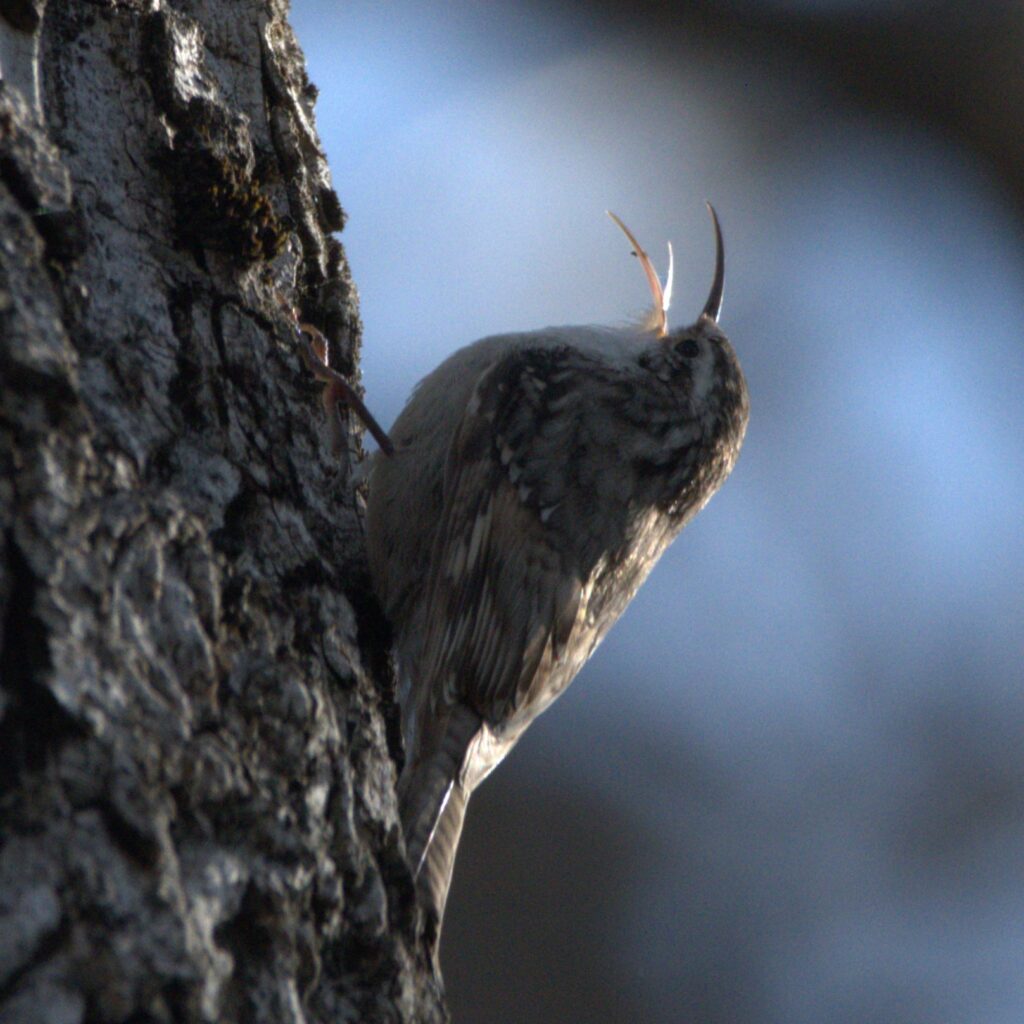
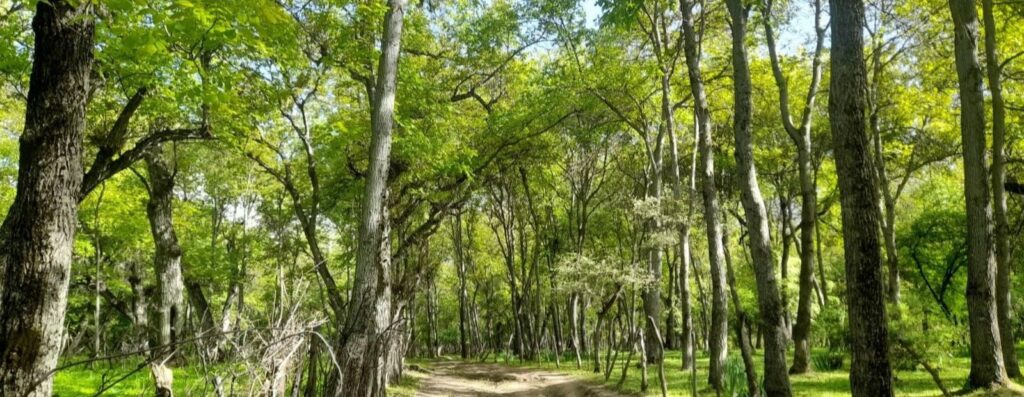
Day 6
The Naryn river riparian forests and cliffs. We make our way to Kazarman on Day 6. On the way, we have our last chance for forest species we may have missed. We will take the high pass with our first chance of white-winged snowfinch. Our main target in the area are the riparian forests along the Naryn river, which could yield white-crowned penduline-tit, paddyfield warbler, bluethroat, common rosefinch and more. The towering cliffs in the area also host Eastern rock nuthatch, rock sparrow and up to five species of vultures (Egyptian and lammergeier being the hardest to spot).
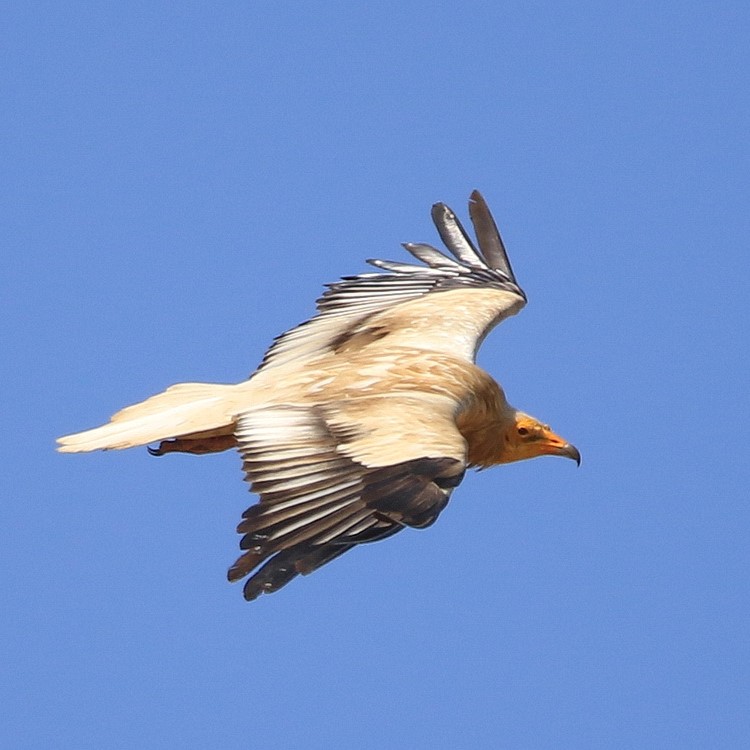

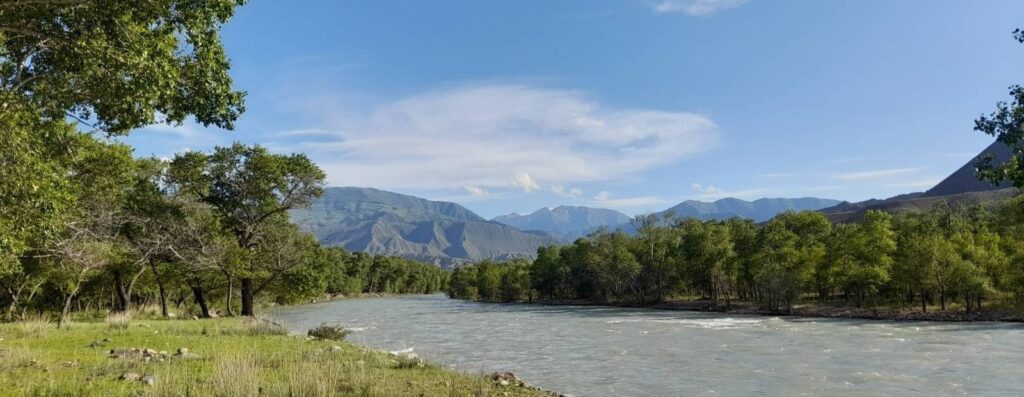
Day 7-8
Lake Chatyr-Kul. We have two days to explore the high-altitude lake of Chatyr-Kul (3530m), which should be a highlight of this trip. The lake is almost never visited and requires a lot of time (and bureaucracy) to visit, but it is well worth it. This is home to Kyrgyzstan’s last breeding colony of bar-headed geese and the rugged vegetation that surrounds the lake is used by Mongolian plovers and shore larks to breed. It is also a waterfowl and, during migration, a wader paradise. Expect large numbers of birds and, with luck, a barbary, or even saker, falcon may fly over. Because of the altitude, we won’t stay at the lake, but by the historical caravanserai of Tash-Rabat in a neighbouring valley. Güldenstadt’s redstart, plain mountain finch, Altai accentor and white-winged snowfinch breed in the area, as does the great rosefinch… rarely seen but a special treat for particularly lucky birdwatchers!
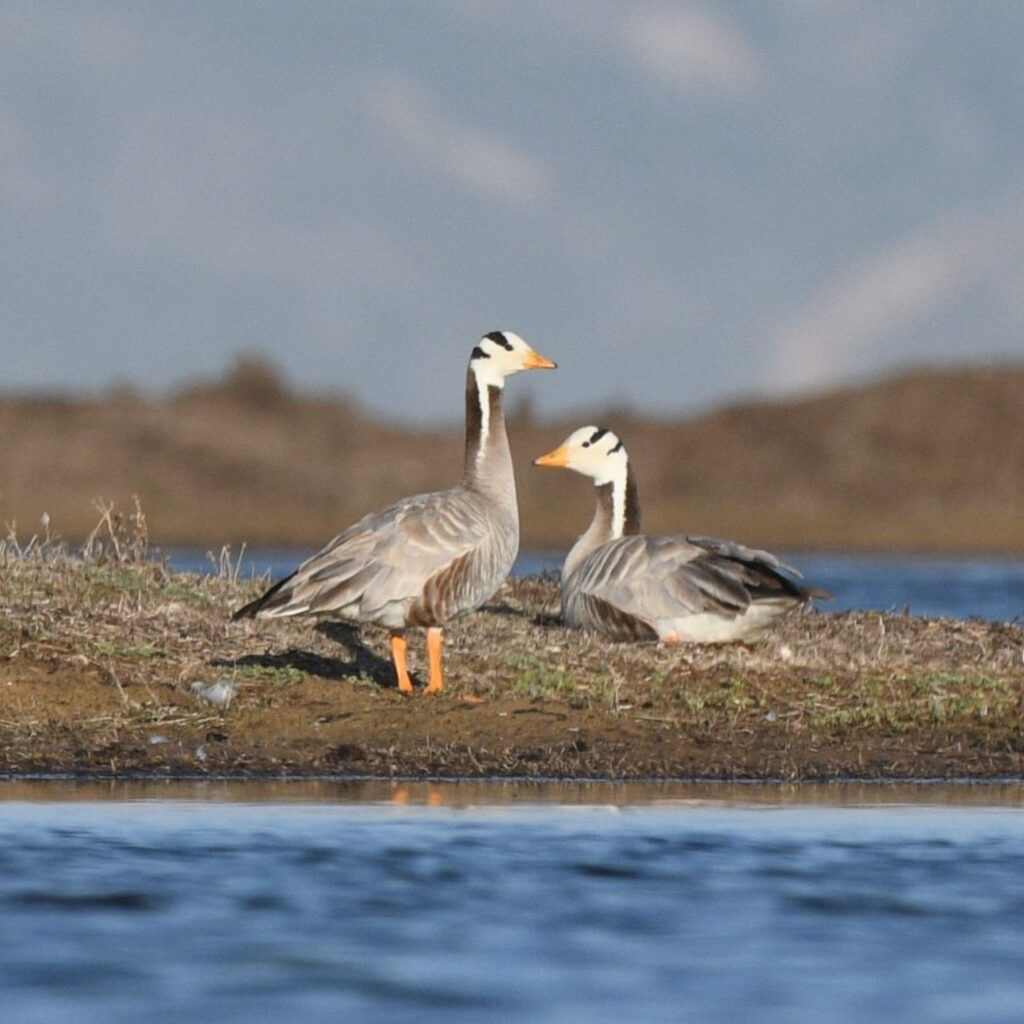
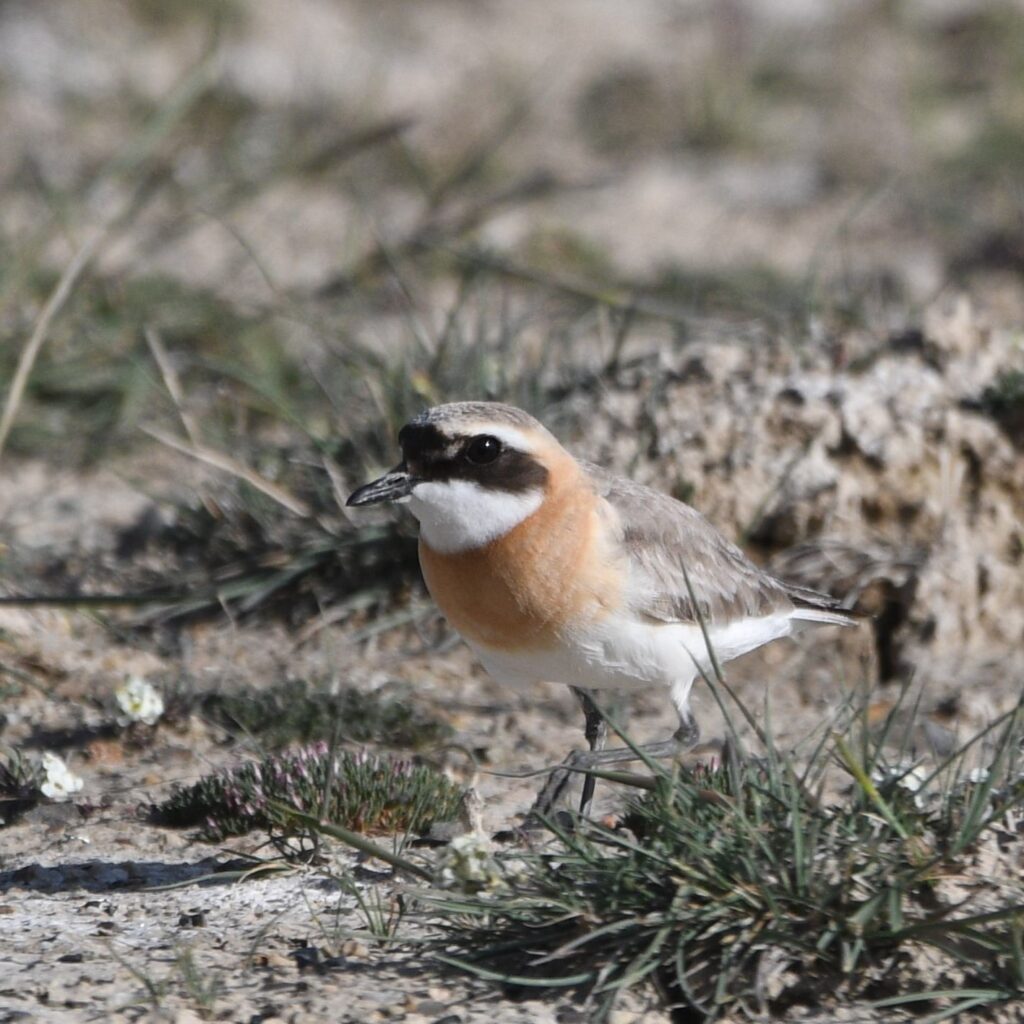

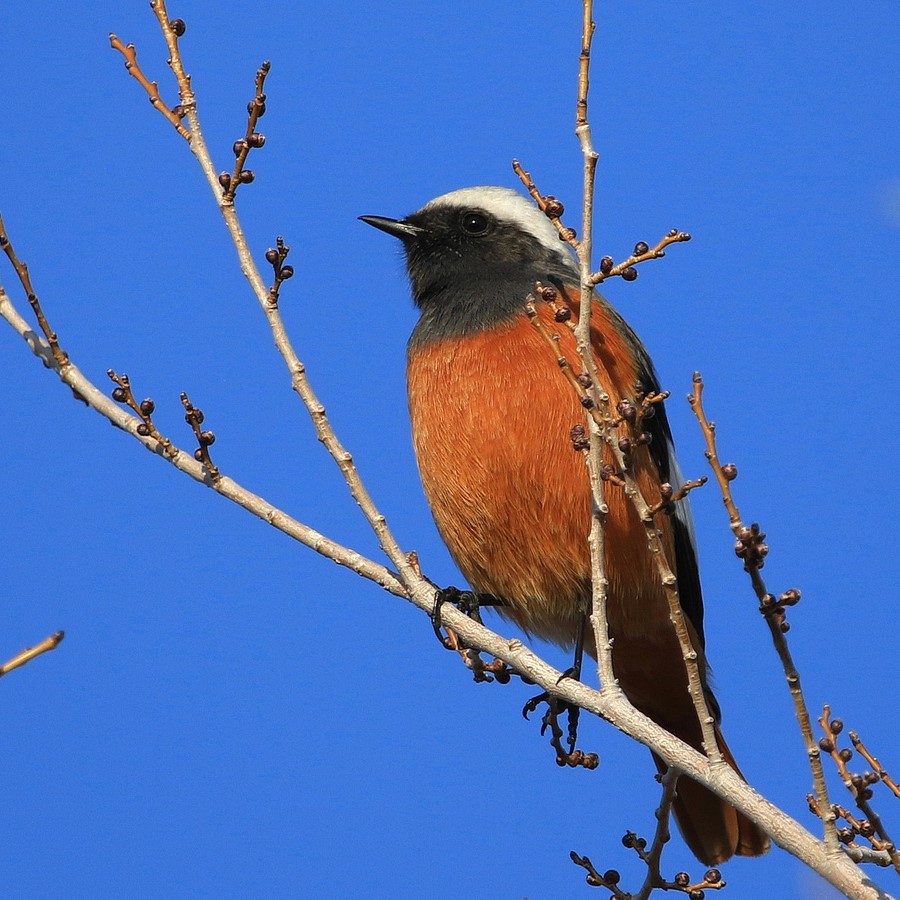
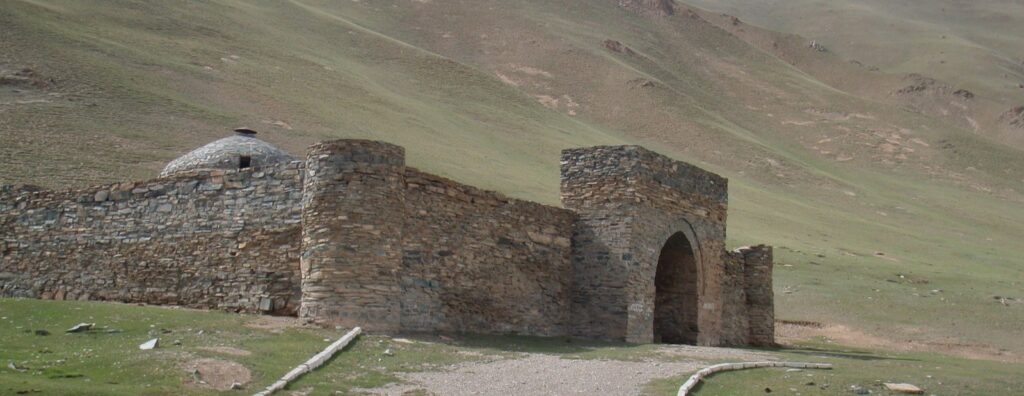
Day 9-10
South-West Issyk-Kul badlands. After Chatyr-Kul, we descend to lake Issyk-Kul (at almost 180km long and 60km wide, the word sea feels more accurate!), where we enjoy two days of birding looking for black-bellied and, potentially, Pallas sandgrouse, grey-necked bunting, chukar partridge, Mongolian finch, pale sand martin, Sykes’ warbler, black redstart (the eastern phoenicuroides subspecies) and others. This is also our first chance to see the famous ibisbill, as well as both white-throated and brown dipper.
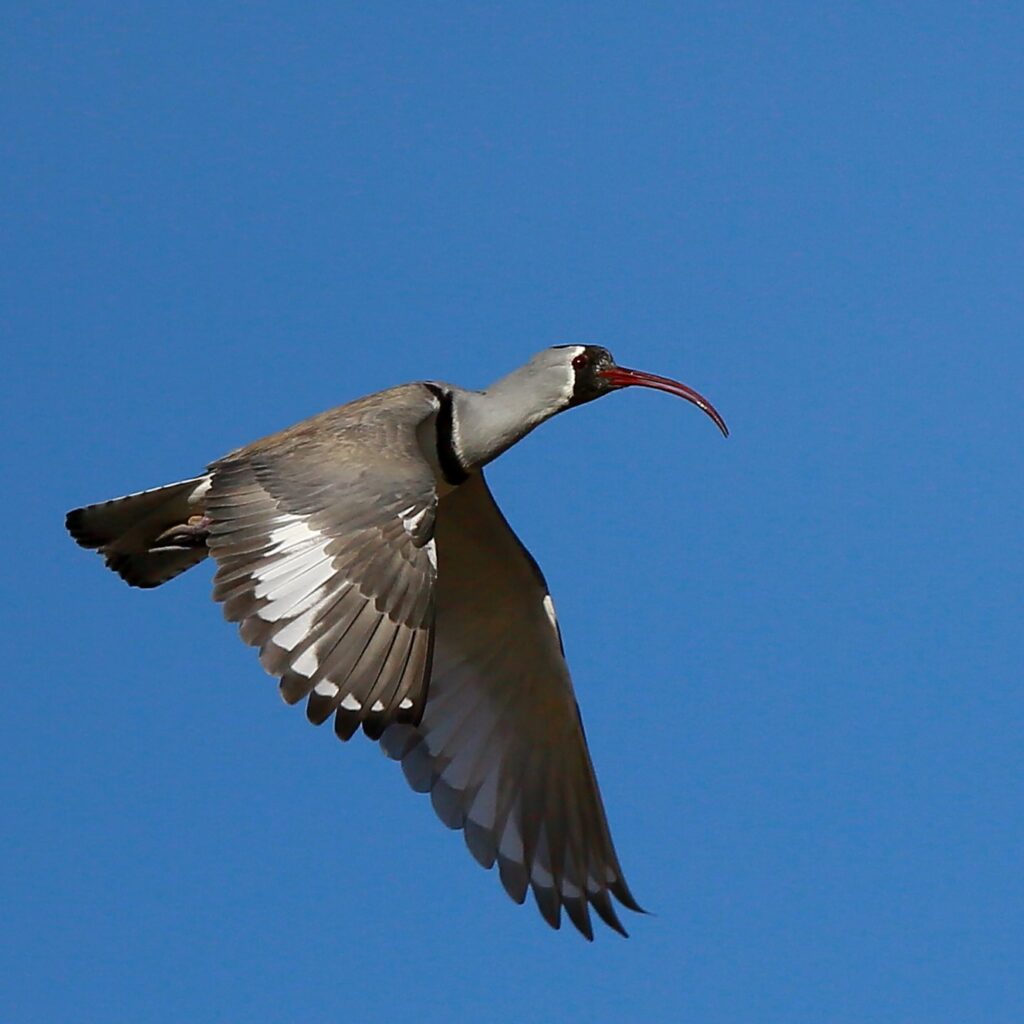
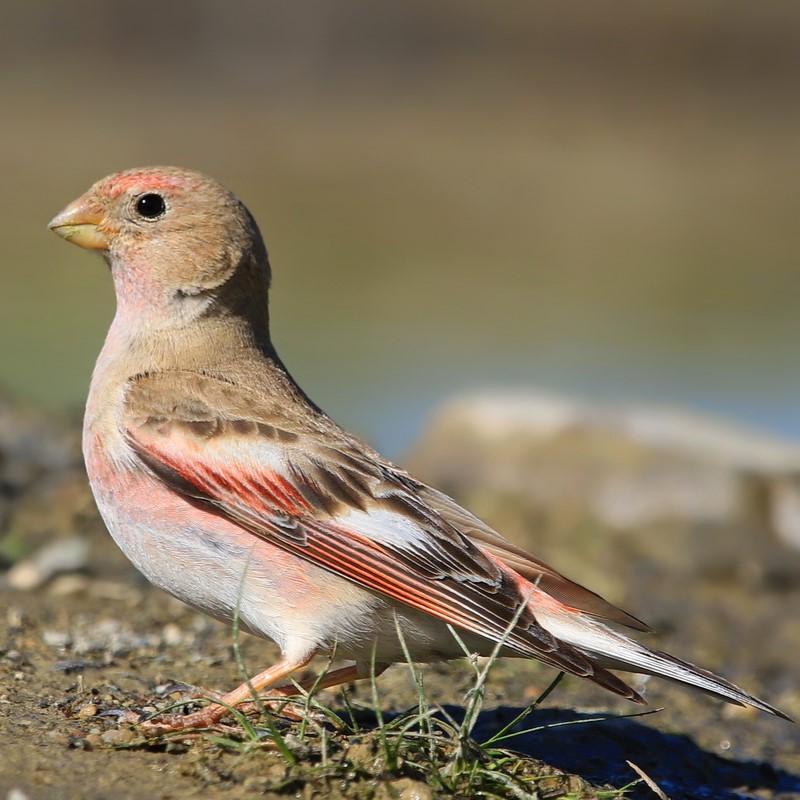
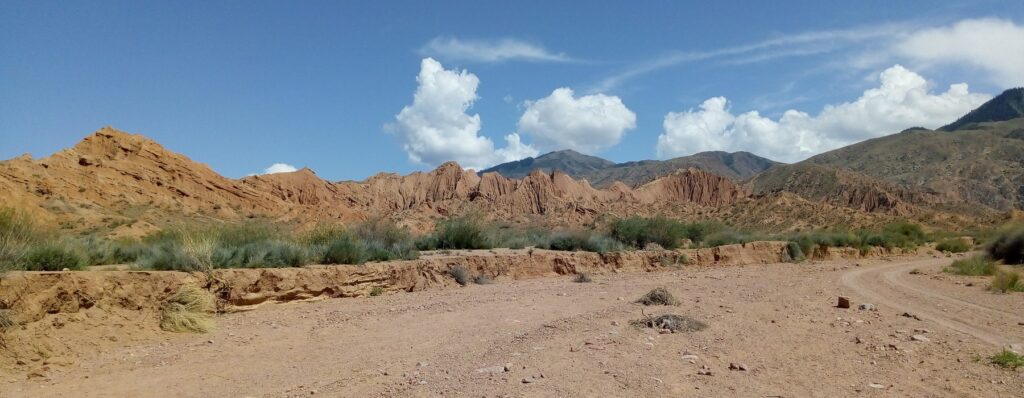
Day 11-12-13
Mountains and valleys of eastern Kyrgyzstan. This last part of the trip is centered around the city of Karakol, a former Russian imperial frontier post, on the eastern edge of the lake Issyk Kul and nestled in the feet of the Tian Shan mountains, a range which extends into China. This is where we enter some serious mountain territory, visiting various altitudes and valleys, with high mountains a priority. We should get Himalayan snowcock (this is a heavily hunted species and close encounters are rare), Altai, brown and black-throated accentors, hill pigeon, plain mountain-finch (we will do our best to find the much more difficult to spot black-headed mountain finch too), Güldenstadt’s, Eversman’s, blue-capped and black redstarts, Himalayan rubythroat, sulphur-bellied, Hume’s and greenish warblers, white-browed tit-warbler and the stunning red-mantled rosefinch. Golden eagles and Himalayan griffon will fly overhead, while pine bunting, nutcrackers and Songar tit (subspecies of the willow) will be looked for at a lower altitude. We will also explore the shores of the lake itself for Kentish plover, pied avocet, Northern lapwing, citrine wagtail, Pallas grasshopper warbler. Red-breasted merganser also breeds here in very small numbers.
To break the long journey back to Bishkek, we will take the time to visit a historic petroglyph site near Cholpon-Ata.
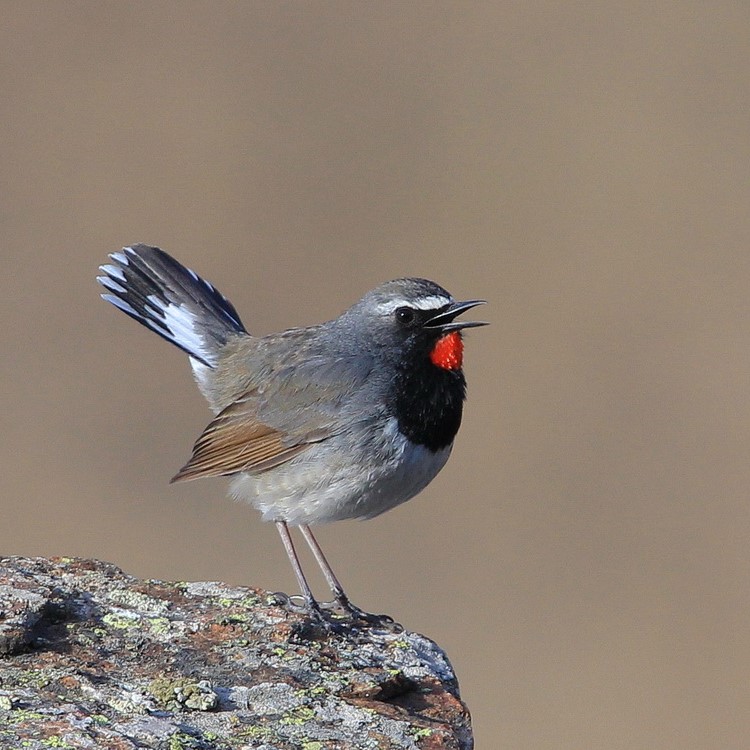
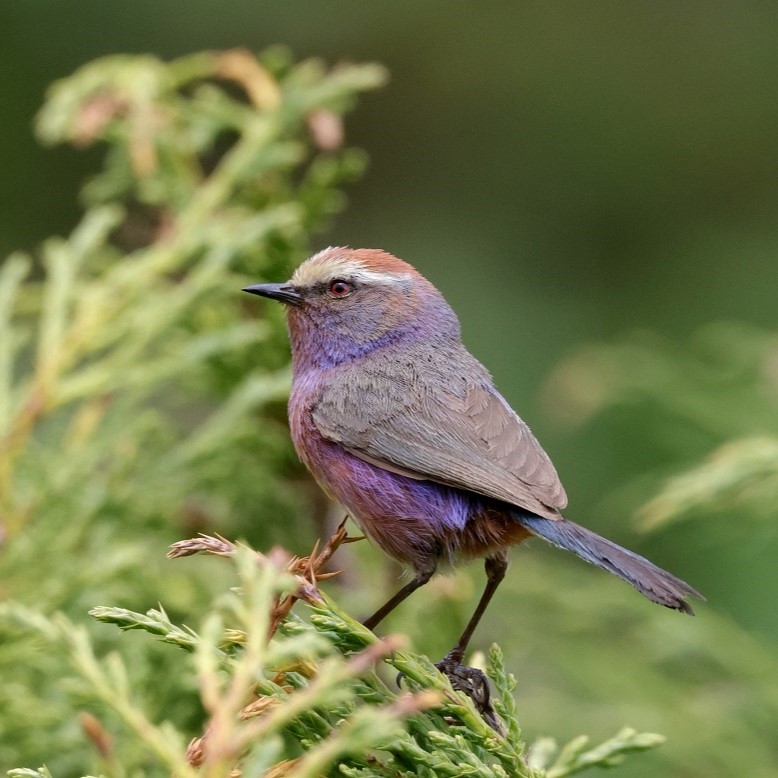
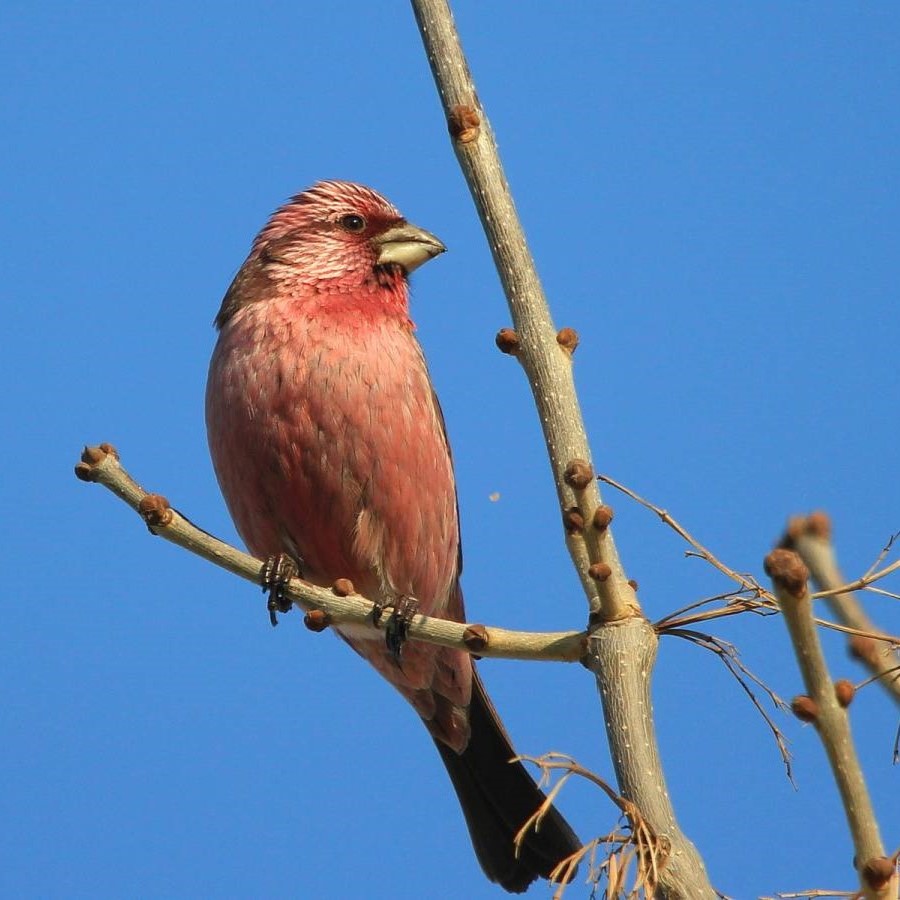


Day 14
Around Bishkek. Before flying home the following day, we take in the best of Kyrgyzstan’s cultivated steppes. They are home to totally different bird species such as Calandra lark, shikra, glossy ibis, common rock thrush, long-legged buzzard, common pheasants (mongolicus subspecies), Spanish sparrow, lesser grey shrike and others. This landscape is inhabited by little bustards and we will be listening for their calls towards the evening. Irrigation ponds in this area can also host terns (common, black and little), black-winged stilt, collared pratincole (not every year), common snipe, etc.
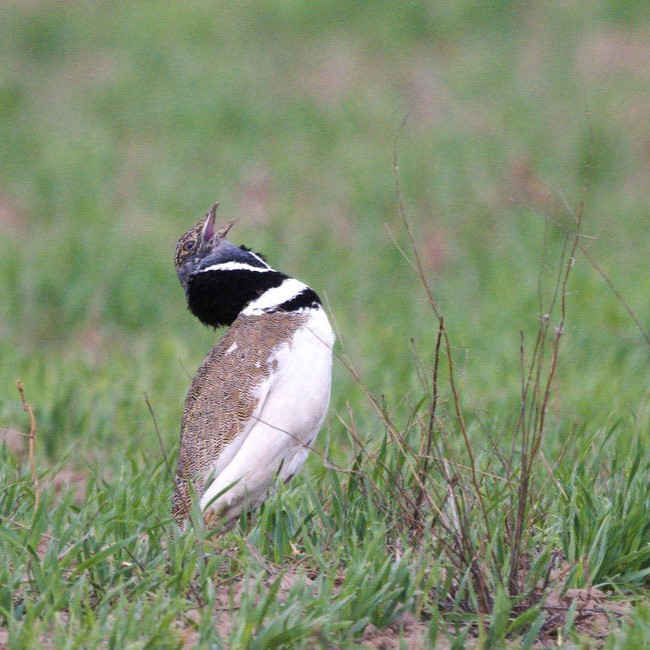
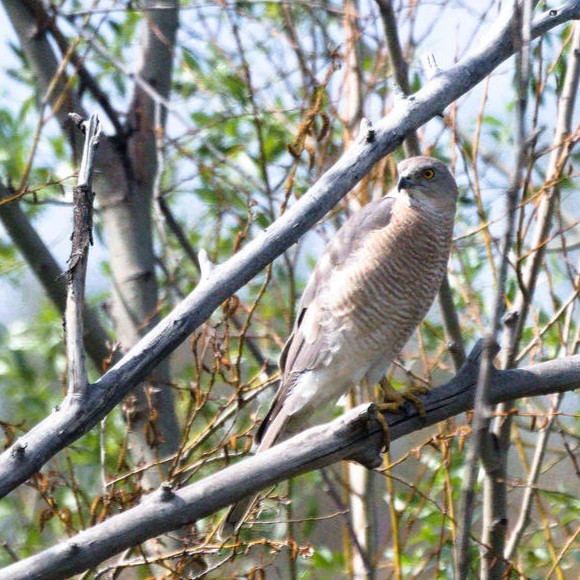
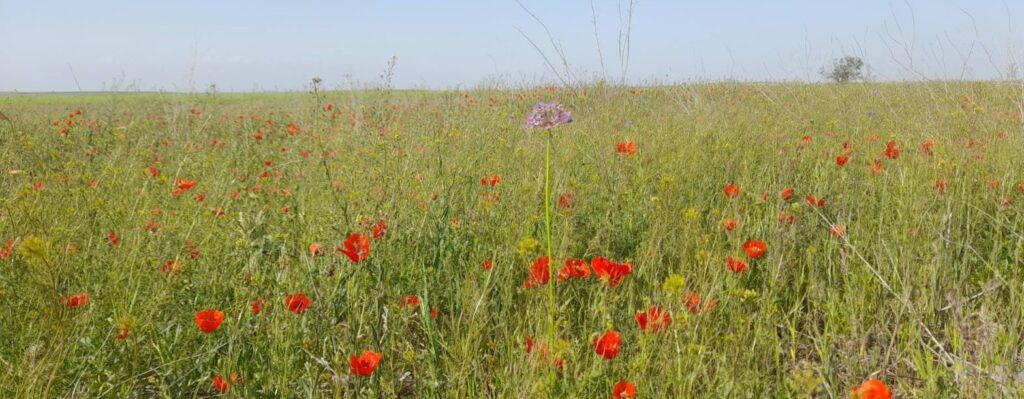
Day 15
Departure. Most flights tend to leave very early in the morning, but for those on later flights there should be time for a short detour on route to Manas airport, as the ponds nearby can be full of surprises.